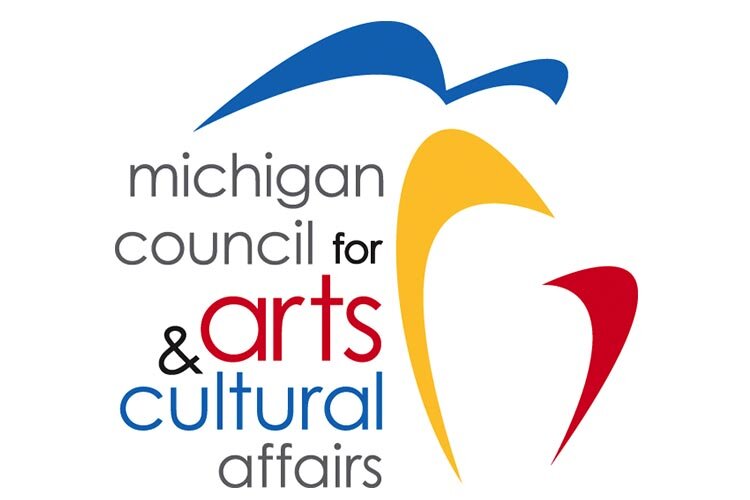The Senate and Cinema Lamont present the best Universal monster movie you’ve probably never seen!
Drácula en Español (1931)
Sat. Oct. 1
Doors – 7:00 PM
Organ Overture – 7:30 PM
Film – 8:00 PM
Tickets - $6
1hr 44min | NR | Horror | USA | In Spanish with English subtitles
There once was a film, lost and forgotten.
It lurked in the darkness for decades, its alternate vision of shadowy gloom and eternal evil remembered only as legend in the minds of a select few. But then, from the depths of a New Jersey warehouse, it was brought once more into the light and exposed as a supreme example of a Universal Classic Monsters picture. That film is Drácula, a distorted mirror image of the iconic film starring Bela Lugosi, shot in the dark of night after the cast and crew of Dracula had all gone home for the day. And while it may be bound to remain forever obscured by its more famous counterpart, this Spanish language interpretation of the original English Dracula has been praised by many as a superior film.
We’ll let you decide.
The story, following the exploits of an ancient vampire from Transylvania as he settles into a new home in England, will be familiar to most. But the devil, (or bloodsucking immortal) is in the details. Drácula has no Lugosi, but it does have Carlos Villarías. Drácula has no Tod Browning, but it does have an ambitious director in George Melford. And Drácula, while working from the very same script and utilizing the same sets, ends up with thirty more minutes of film, more humor, and a unique perspective.
But why does this alternate vision even exist?
In the silent era, before spoken dialogue, films could be easily released and understood by audiences across the world. But as the sound era began studios needed to come up with a new way to take advantage of international markets. Their initial solution was to produce a film as usual, and then simply shoot alternate versions of the script using actors who can speak Spanish, German, or French. It soon became apparent, however, that overdubbing dialogue in various languages would be a heck of lot easier. Making an entirely new film was just too cumbersome and too expensive. But, for a brief period in the late 1920s and early 1930s, people put in the effort. We have them to thank for this remarkable film.
The Senate Theater and The Detroit Theater Organ Society is supported by The Michigan Arts and Culture Council and The National Endowment for the Arts.



